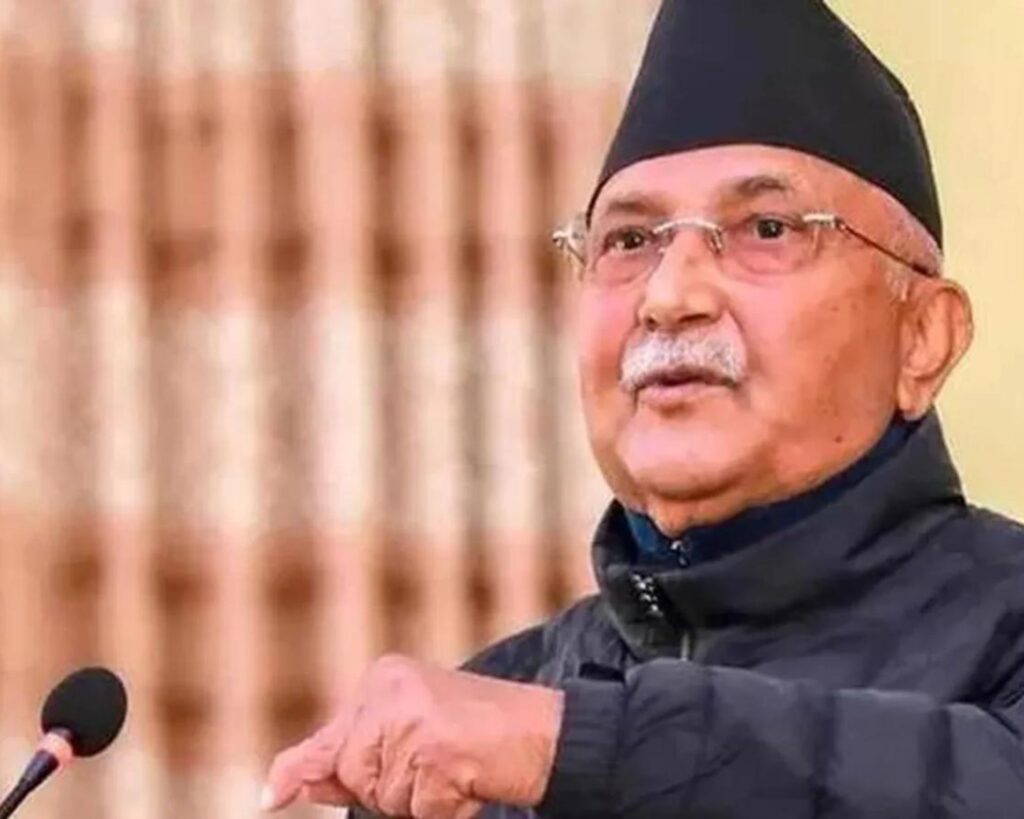
Summary:
Nepal’s President appoints Pushpa Kamal Dahal, also known as “Prachanda,” as the new Prime Minister. The President’s Office has announced that the newly elected Prime Minister will be sworn in on Monday at 4 p.m. Prachanda left the coalition earlier in the day after talks with Prime Minister Deuba fell apart. The negotiations between Nepali Congress and Prachanda broke down because he rejected the NC’s claims to the critical positions of president and prime minister for the second round of voting.
KATHMANDU: On Sunday, Nepal President Bidya Devi Bhandari named Pushpa Kamal Dahal, also known as “Prachanda,” as the new prime minister.
Article 76 Clause 2 of the Constitution says that Prachanda is the new Prime Minister of Nepal. This is what the President’s Office said in a statement.
According to Article 76, Clause 2, of the Constitution, the President had invited any member of the House of Representatives who could win a majority with the backing of two or more parties to submit a nomination for the position of Prime Minister.
The claim was made by Prachanda, 68, before the President’s deadline of Sunday at 5 p.m.
The President’s Office has announced that the newly elected Prime Minister will be sworn in on Monday at 4 p.m.
Sources claim that Prachanda previously went to the President’s Office with a proposal to be appointed as the new Prime Minister. He was accompanied by CPN-UML Chairman K P Sharma Oil, Rashtriya Swatantra Party (RSP) President Ravi Lamichhane, Rashtriya Prajatantra Party Chief Rajendra Lingden, and other top leaders, they said.
In the 275-member House of Representatives, Prachanda has the backing of 165 members, including the CPN-UML with 78, CPN-MC with 32, RSP with 20, RPP with 14, JSP with 12, Janamat with 6, and Nagarik Unmukti Party with 3.
For the third time, Prachanda will serve as prime minister of Nepal.
Prachanda spent nearly 13 years underground after being born on December 11, 1954, in Dhikurpokhari, Kaski district, close to Pokhara. When the CPN-Maoist accepted peaceful politics and ended a decade-long violent insurrection, he entered mainstream politics.
He oversaw the 1996–2006 armed conflict, culminating in the Comprehensive Peace Agreement signing in November 2006.
Before this, the CPN-Maoist Centre and other smaller parties decided to establish a government under the leadership of “Prachanda” at an important meeting held at former prime minister Oil’s home.
Prachanda and Oil agreed to rotate who heads the government, and Oil agreed to give Prachanda his demand to become prime minister as soon as possible.
“Despite being the largest party, the Nepali Congress could not form a government within the president’s deadline as required by Article 76(2) of the Constitution. With the support of 165 legislators, the CPN-UML has now taken the initiative to form the new government under Prachanda’s leadership.” After the meeting, CPN-UML general secretary Shankar Pokharel spoke to reporters.
Prachanda left the five-party coalition earlier in the day after Sher Bahadur Deuba, the prime minister and president of the Nepali Congress, rejected his quest to win the position in the first round.
Deuba and Prachanda had previously come to a tacit agreement to rotate leading the new government.
The talks between Nepali Congress and Prachanda on Sunday morning at the PM House broke down because Prachanda rejected the Nepali Congress’ claims to the critical positions of president and prime minister.
Prachanda rejected the NC’s offer to the Maoist Party to become Speaker.
Shah earlier in the day told PTI that “the coalition has dissolved” because Deuba and Prachanda’s last-minute negotiations fell.
Prachanda went to the private residence of CPN-UML chairman Oil to ask for his support for becoming prime minister after talks with Prime Minister Deuba fell off. Leaders of other smaller parties joined him.
Nepali Congress is the largest party with 89 seats in the House of Representatives, followed by CPN-UML and CPN-MC with 78 and 32 seats, respectively.
The 138 seats needed to establish a government in the 275-member House of Representatives are not held by any party.
The Loktantrik Samajwadi Party (LSP) holds four members in the House, while Rashtriya Janamorcha and the Nepal Workers and Peasants Party each hold one. The CPN (Unified Socialist) has ten seats.
The Lower House has five independent MPs.
Analysis by: Advocacy Unified Network
